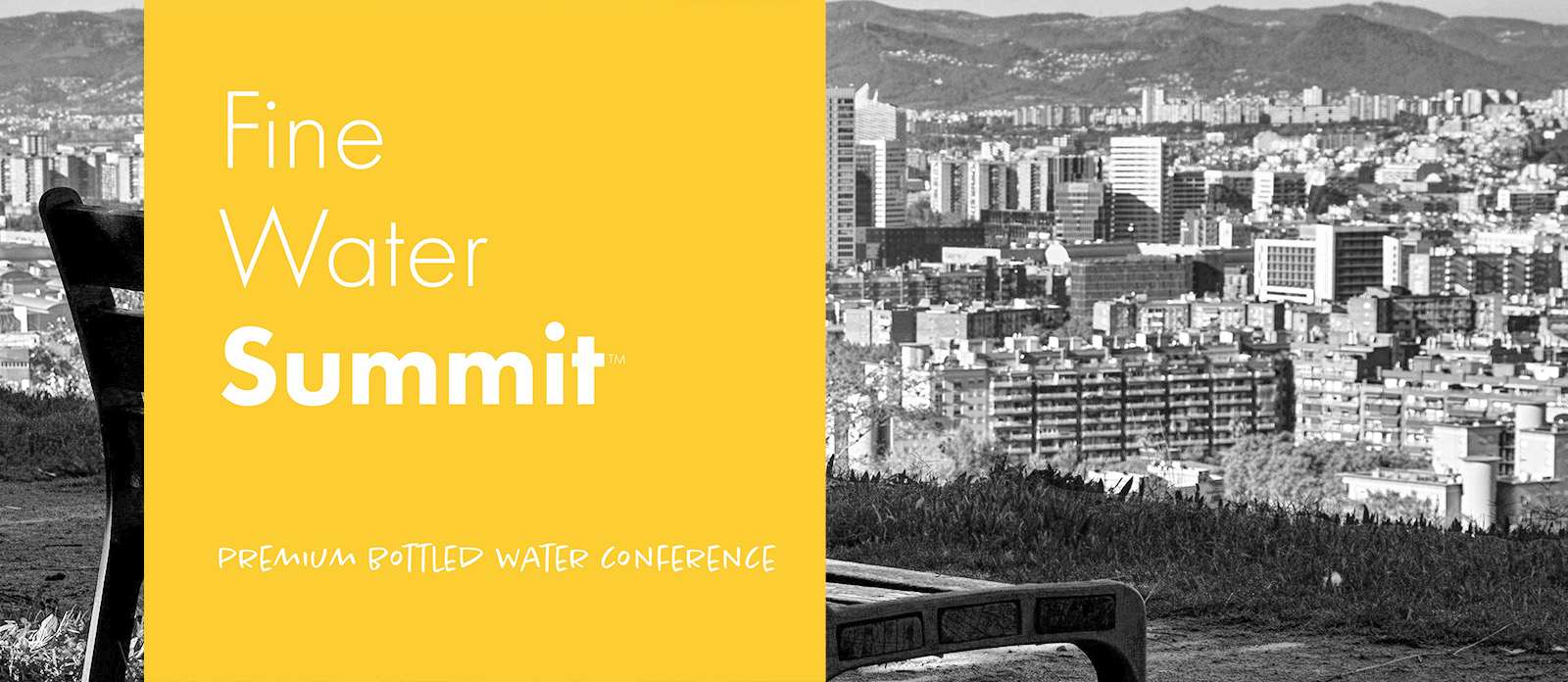
The initial Fine Water Summit was conducted in Barcelona in Spring of 2008.
Super Low <50mg/l
Low 50-250mg/l
Medium 250-800mg/l
High 800-1500mg/l
Very High >1500mg/l
Still
Effervescent
Light
Medium
Bold
Acidic pH 5-6.7
Neutral pH 6.7-7.3
Hint of Sweet pH 7.3-7.8
Alkaline pH 7.8-10
Soft
0 - 17.1 mg/l
Slightly Hard
17.1 - 60mg/l
Moderately Hard
60 -120mg/l
Hard
120 -180mg/l
Very Hard
180mg/l & over
Superior 0 - 1mg/l
Very Good 1 - 4mg/l
Good 4 - 7mg/l
Acceptable 7 - 10 mg/l
Potable10 -50 mg/l
Most artificially carbonated waters have 1 to 10g/l of carbon dioxide. Current carbonation techniques involve pressurizing carbon dioxide before adding it to the water — the pressure increases the amount of carbon dioxide that will dissolve.
Certain rare geological conditions can produce naturally carbonated water. The origin of the CO2 is either organic matter degradation, interaction with carbonates, metamorphic devolatilization, or magmatic degassing (volcanic activity).
More bottled waters claim springs as their origin than any other type of source. Spring waters vary widely in their mineral composition and TDS level, both of which are influenced by the geology of the local area. What all true, free-flowing springs have in common is that they're gravity-driven.
An artesian aquifer is under pressure. The aquifer is usually surrounded by impermeable rock. The pressure built up in an aquifer will push water to the surface and create a permanent fountain when an artesian aquifer is tapped.
Non-artesian wells need mechanical pumps to bring water from the aquifer to the surface.
Recently, companies began bottling rainwater falling in remote, unpolluted parts of the world. Several of these waters come from Tasmania and Chile, where air pollution is exceptionally low.
About 20,000 years ago, the Earth was one-third covered by glaciers, the remains of which are now being tapped as a source for bottled water.
An exciting new source for bottled water is melted ice from icebergs. Most icebergs in the North Atlantic Ocean come from the major glaciers of West Greenland.
We also have water from condensation bottled and sold. In Chile, fog forms on the shore and then moves inland in the form of cloud banks. The locals call it "camanchaca." Fog is basically tiny drops of water that are so light they don't yet fall as rain.
As they do today, icebergs near Greenland melted thousands of years ago, and the water produced was of a different temperature and salinity than the surrounding seawater. This difference kept the water separate from the surrounding water as it sank to the ocean floor. It now circles the Earth every several thousand years.
The production of drinking water from humidity is an innovative water extraction solution that tackles the growing problem of access to clean and safe drinking water in remote areas. Entrepreneurs have used the technology to bring us exotic waters from remote and pristine regions of the planet.

The initial Fine Water Summit was conducted in Barcelona in Spring of 2008.
"Fine Water is a natural product with terroi that holds experiences and creates wellness."
Dr. Michael Mascha